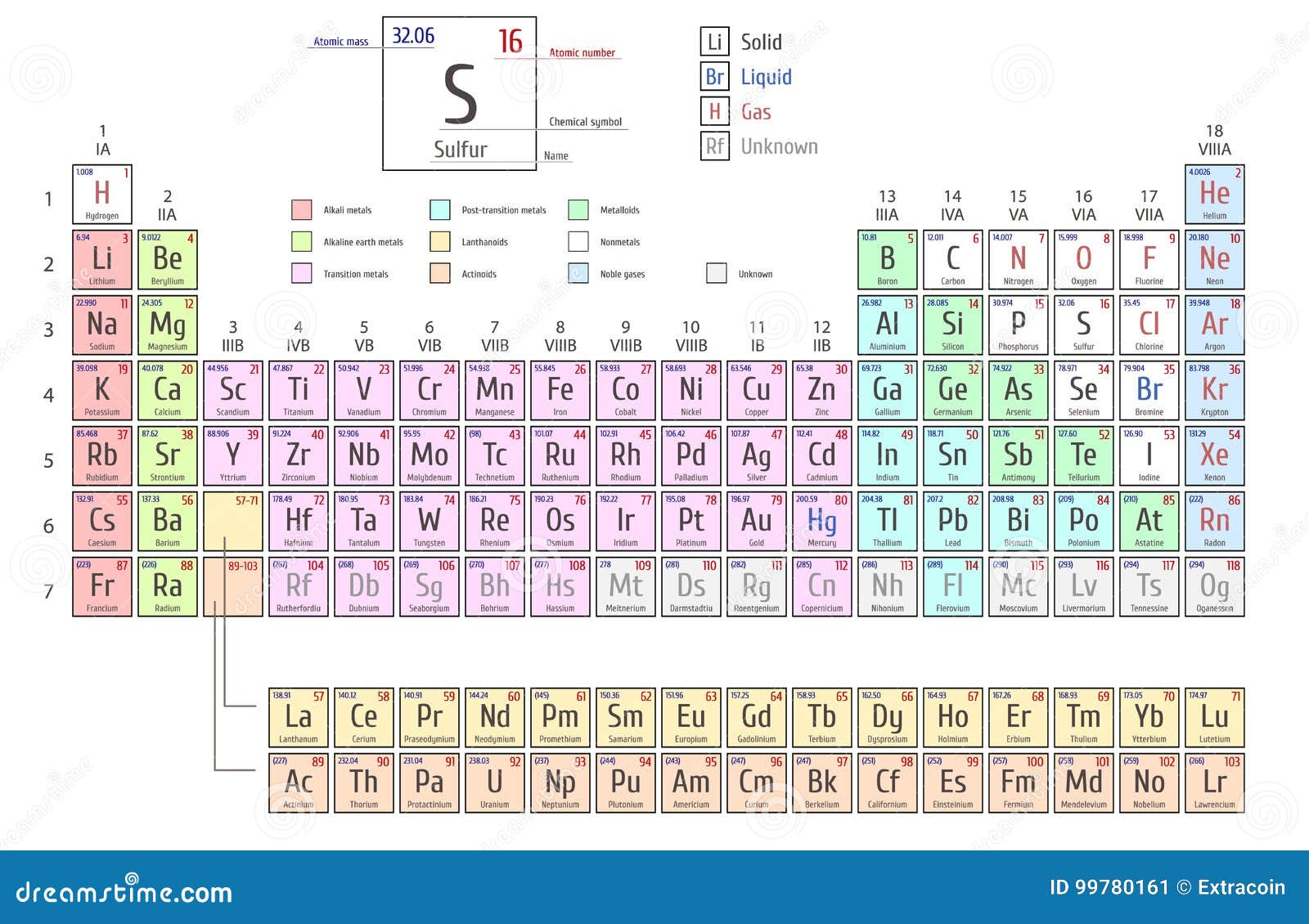

The convention in much of the world, however, is to number the first two groups 1A and 2A, the last six groups 3A-8A the middle ten groups are then numbered 1B-8B (but not in that order!). In the simplest presentation, favored by the International Union of Pure and Applied Chemistry ( IUPAC), the groups are simply numbered 1-18. These groups are numbered by two, somewhat conflicting, schemes. In the periodic table, the elements are arranged in horizontal rows called periods (numbered in blue) and vertically into columns called groups.

The periodic table is not simply a grid of elements arranged numerically. Chemists typically place elements in order of increasing atomic numbers in a special arrangement that is called the periodic table. The number of protons in the nucleus of an element is called the atomic number of that element. The ones with atomic numbers higher than 92 are not found naturally, and are produced artificially in nuclear reactors and particle accelerators.\) They are found in very minute quantities naturally. These rare earth elements are divided into lanthanides (elements 58 – 71) and actinides (elements 90 – 103). The inner transition or f-block elements are placed under the transition ones in a separate table. The groups 3A, 4A, 5A, 6A and 7A consist of p-block elements. They have similar chemical properties like production of colored compounds and variable valency. The groups are present in the following order: 3B, 4B, 5B, 6B, 7B, 8B, 1B, and 2B contain transition metals or the d-block elements. They contain the same number of outer electrons, and thus show similar chemical properties. Both 1A and 2A contain the s-block elements. The alkali earth metals are found in group one, whereas the second group contains alkaline earth metals.

The vertical rows are known as groups and the horizontal rows are known as periods. Thus, the elements are arranged in the order of increasing atomic number (Z) left to right across the table. With this knowledge, he was able to predict the presence of new elements. With these breakthroughs, Mendeleev could not move further as the Rutherford-Bohr model of the atom was yet to be discovered.Īfter about four decades, Henry Moseley in 1913 showed the atomic number (charge) and not the atomic weight, as proposed by Mendeleev, as the fundamental chemical property of any element. It was Mendeleev, who predicted undiscovered elements like eka-silicon (as he found a gap between silicon and tin), today known as germanium, gallium, today called aluminum, and eka-boron, known as scandium. He got a table with gaps and spaces, which meant that there were further elements yet to be discovered. The ones with similar properties were kept in the same column.He positioned element with higher atomic weights on the left side.He arranged the elements in his table on the basis of the following points:
/PeriodicTableSigFig-NoBG-56a12da75f9b58b7d0bcd00f.png)
Mendeleev found out that 65 elements that were known in his time, could be arranged in a grid. There were many versions introduced before Mendeleev’s table, but he was the one who illustrated the recurring periodic trends in the elemental properties. They follow a pattern, i.e., in an increasing order of the atomic number.ĭmitri Mendeleev, a Russian chemist, is credited as the first person to invent the periodic table in 1869. These elements are arranged in rows and columns – left to right and top to bottom. The elements arranged in the periodic table are great help to scientists, chemists, scholars, researchers, and even students in understanding their various properties and characteristics at a glance. The periodic table is one of the most important points of reference in the branch of chemistry, and is often known as the Bible of chemical sciences.


 0 kommentar(er)
0 kommentar(er)
